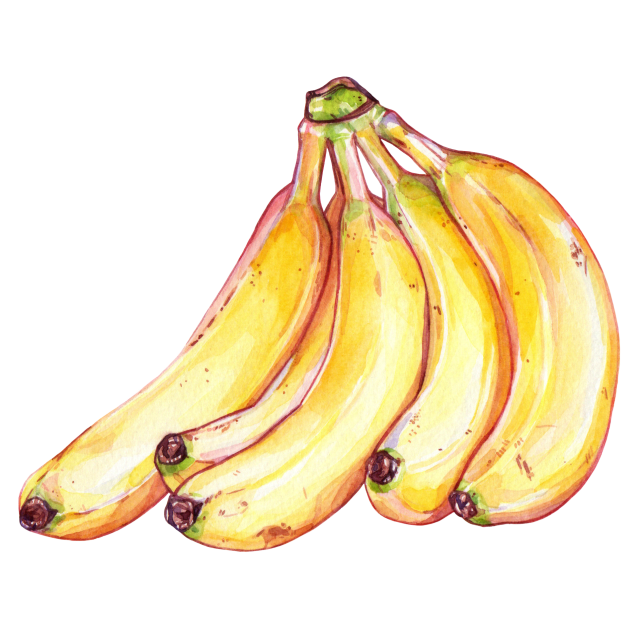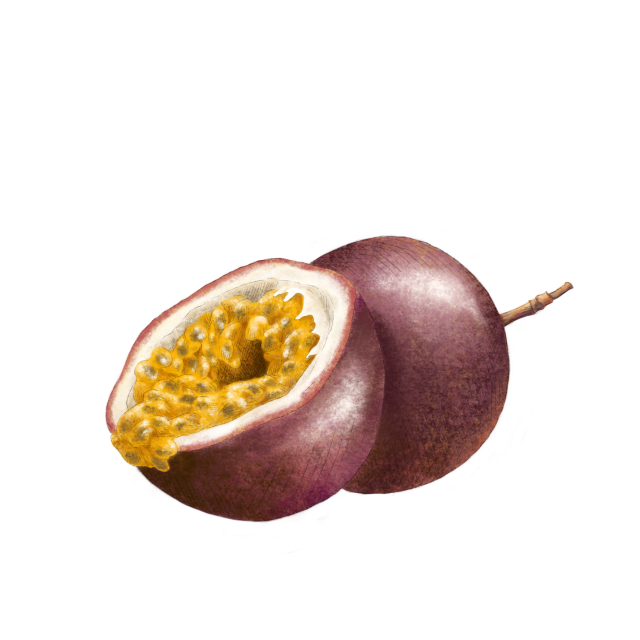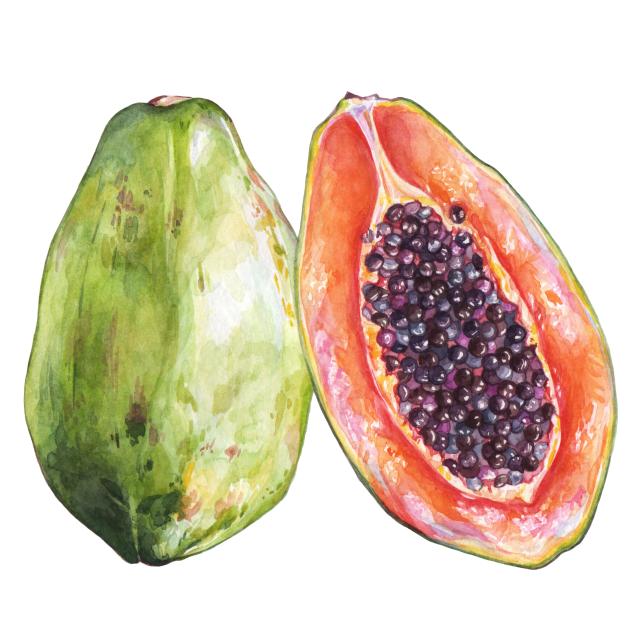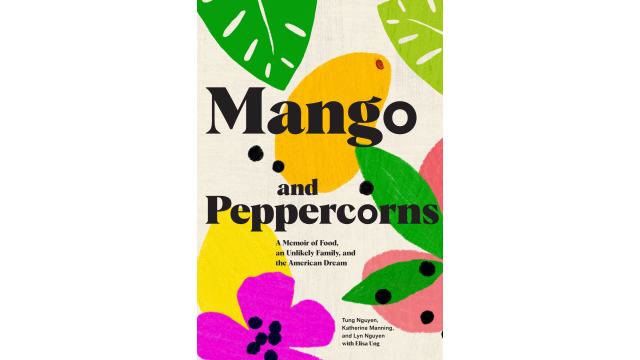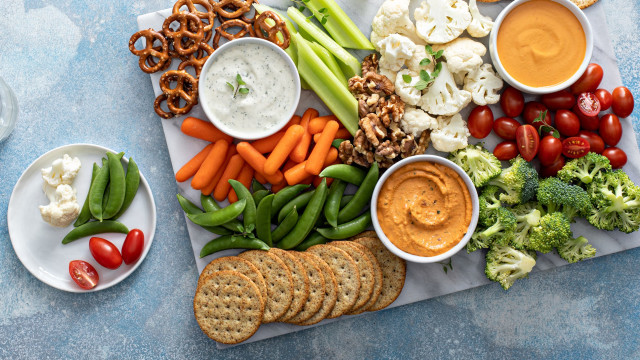Mango
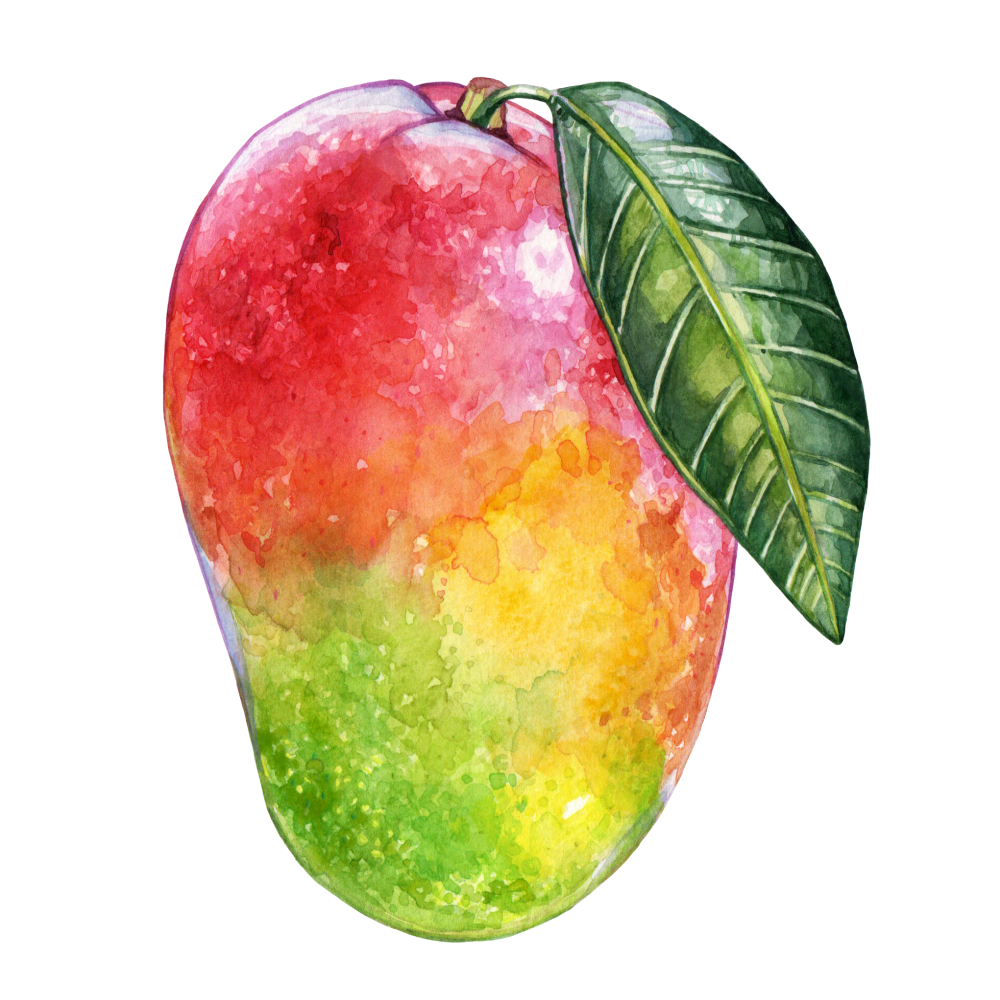
Latin name: Mangifera indica
Uses: fruit, juice, spice (amchur)
What are mangoes?
Mangoes are the fruit of a tropical tree. Various types range from egg-sized to as big as a football, and while they’re green when immature they turn varying shades from yellow through orange and red when ripe. Mango is the official fruit of the Philippines, Pakistan, and India, and the official tree of Bangladesh. It’s no wonder: the trees have been cultivated in South and Southeast Asia for millennia and can continue to fruit for more than 300 years.
Why are mangoes healthy?
Mangoes are packed with vitamins A and C, magnesium, soluble fiber, and polyphenols.
What do mangoes taste like?
Mangoes have a distinct tropical, resinous-sweet flavor and aroma, with a noticeable piney undertone. In fact, five out of the six aromatic compounds found in pine needles are also found in mango fruits (which contain around thirty compounds of their own). The flesh is juicy and firm, with a slightly fibrous texture.
How do I use mangoes?
Mangoes have a thick skin and a flat, hairy pit firmly embedded in the center. The easiest way to work around this is to slice the “cheeks” off each side of the pit, cut the cheeks in a crisscross without cutting through the skin, then flip the cheek inside out (this is called the “hedgehog cut”) and either eat the cubes straight from the skin or slice them off.
You can use mango for all sorts of things. Mix it with minced red chile or habanero, garlic, lime juice, and cilantro for a juicy salsa perfect to eat with tortilla chips, black beans and rice, or tacos. Layer mango slices onto sticky rice pudding as a dessert (or chia pudding for breakfast) and top with grated coconut, or use it on nigiri sushi or Vietnamese salad rolls.
What do mangoes pair well with?
India offers tons of inspired ways to use mango. Follow its lead and blend with yogurt to make mango lassi or with sweetened condensed milk for a frozen kulfi. Make a savory-tangy Sri Lankan mango curry (the skins are left on and cooked until tender) or a coconutty chutney for scooping with naan. Use sliced unripe mango with chiles and spices to make refreshingly sour pickles, or just sprinkle them with salt and chile powder and eat them straight.
Where do mangoes grow?
Mangoes are native to the region where they’re still national symbols: Bangladesh, northeastern India, and Myanmar. There are two distinct varieties, the rounder, redder Indian mango and the flat, butterscotch-yellow Manila or Philippine mango. These two types comprise around a hundred different cultivars. India is still the largest producer of mangoes, but consumes 99% of its own crop during its summer season (March to May). Much of the world’s supply comes from Thailand, Indonesia, Mexico, Brazil, and Nigeria.
How to buy mangoes:
Unripe mangoes are hard and green, and as they ripen they soften and turn various colors on the yellow-orange-red spectrum. A ripe one should yield to a gentle squeeze, much like an avocado.
Surprising mango fact:
Mangoes are related to cashews, but also to poison ivy. Mango tree sap can sauce a rash, and you should never cook over mango wood.
